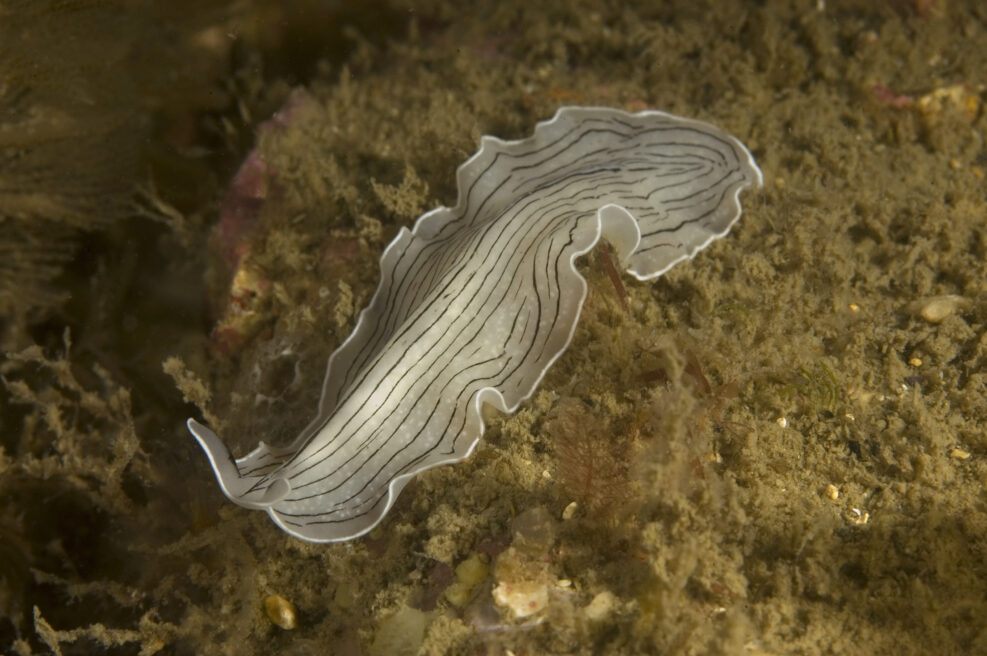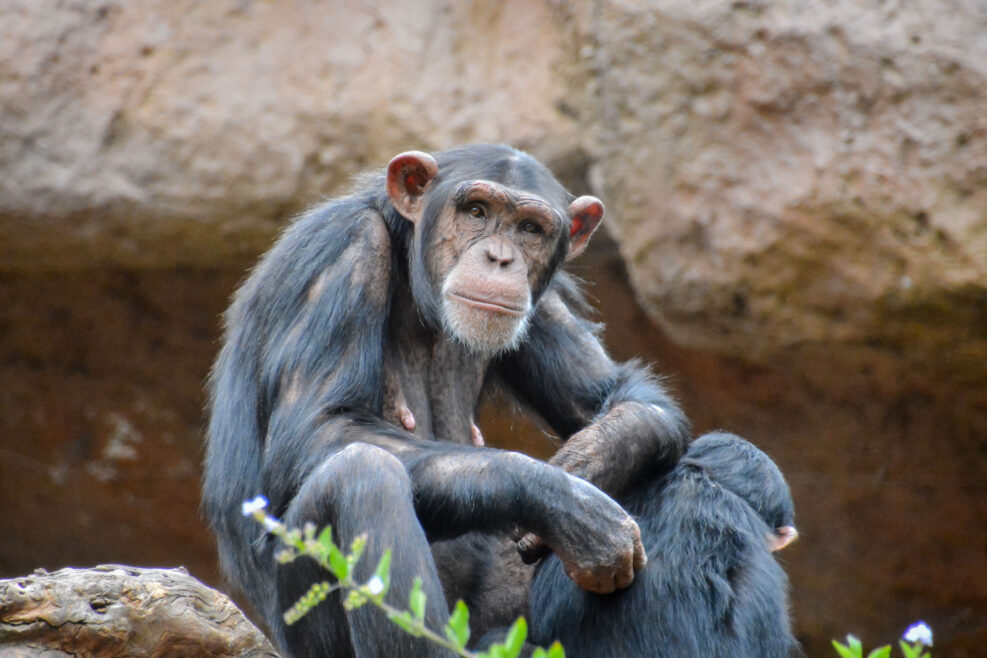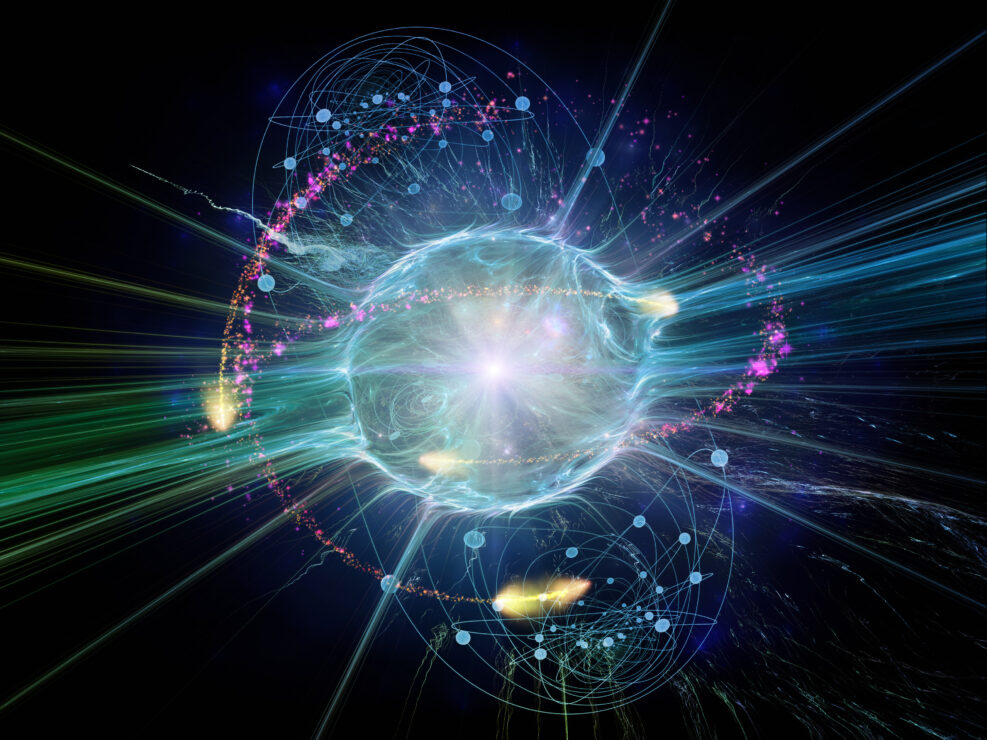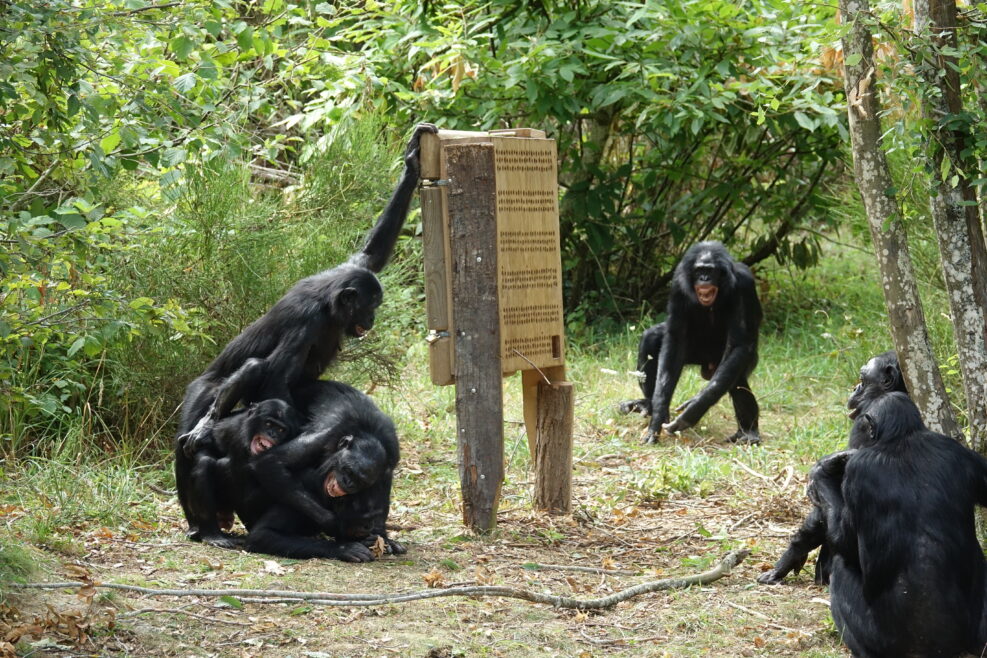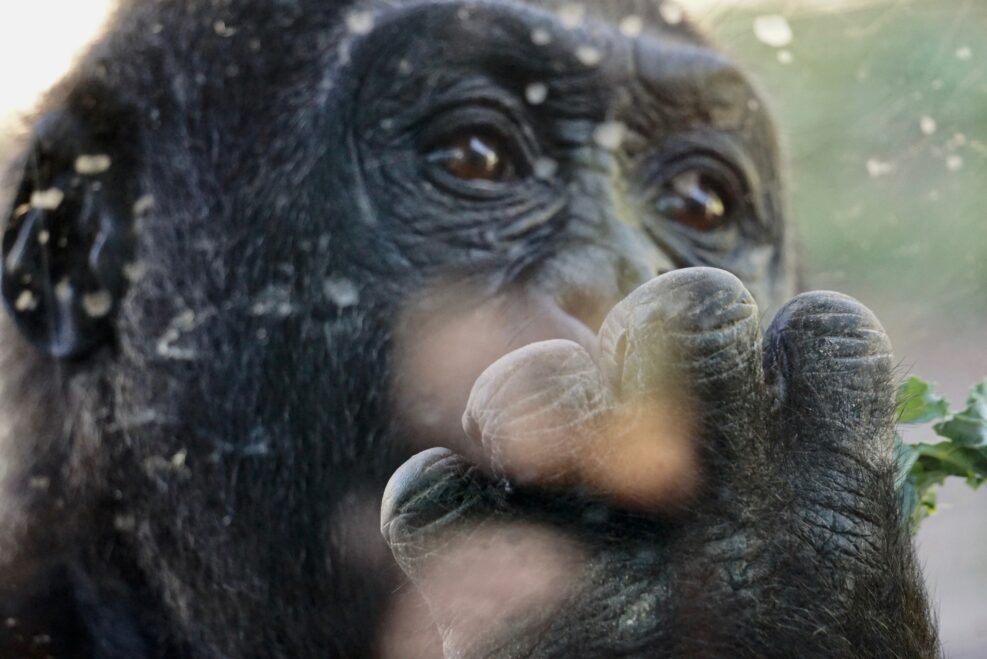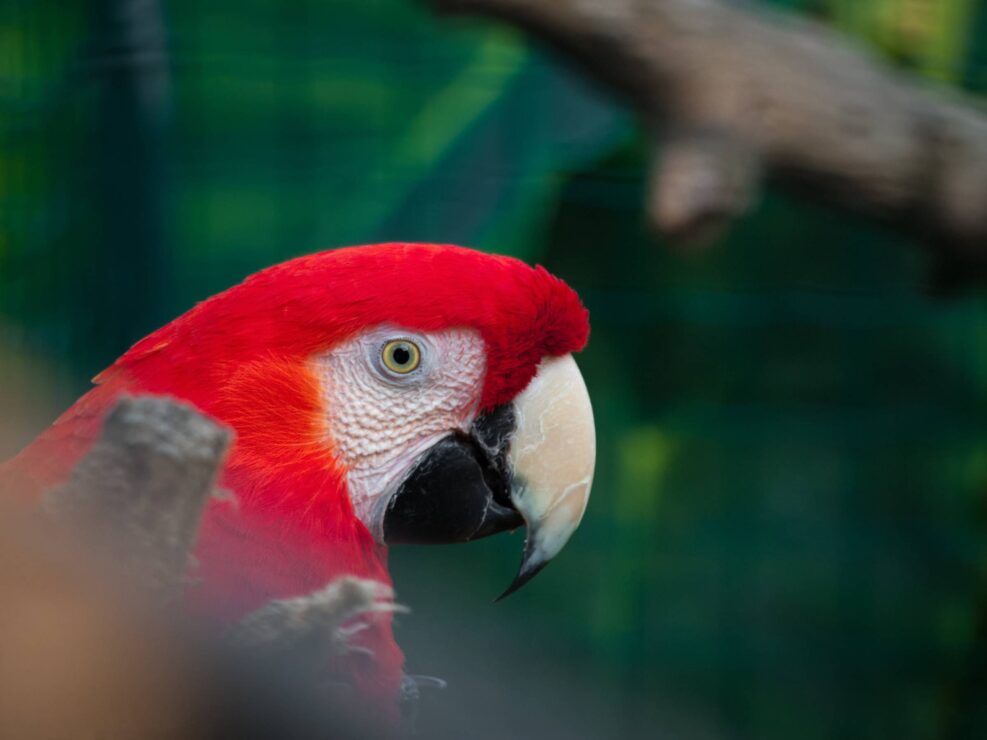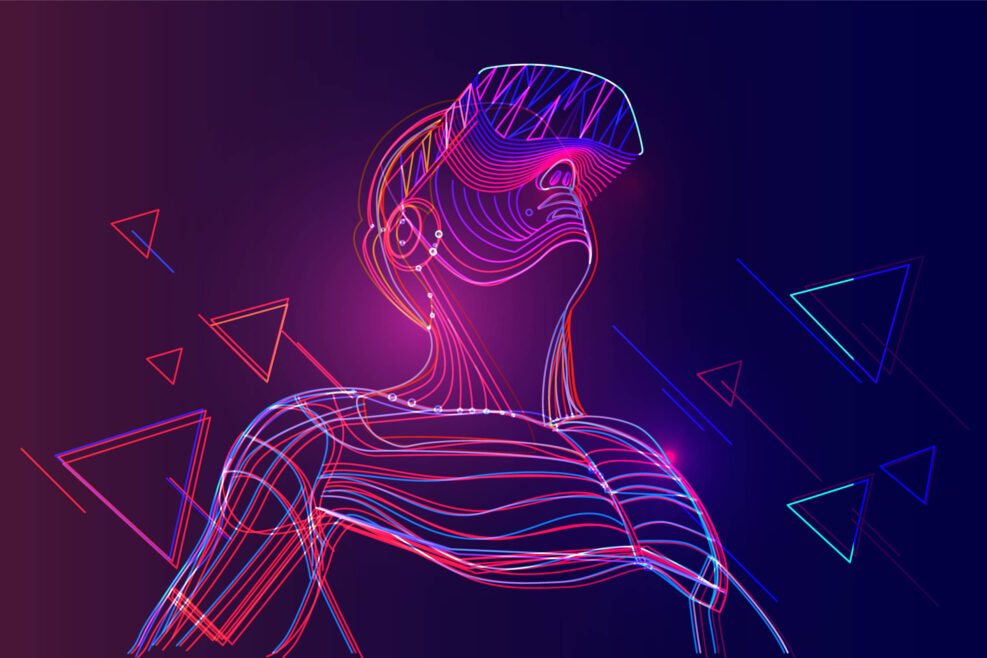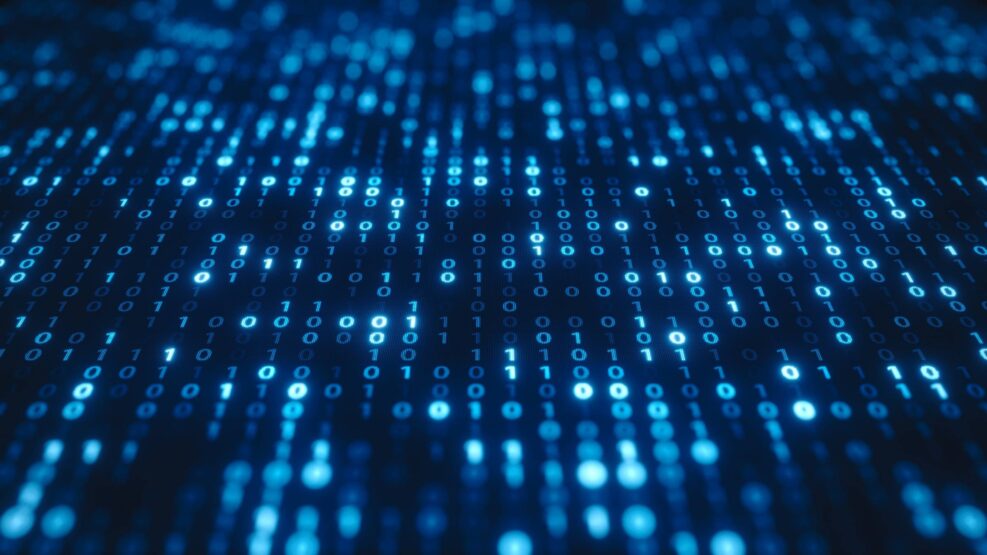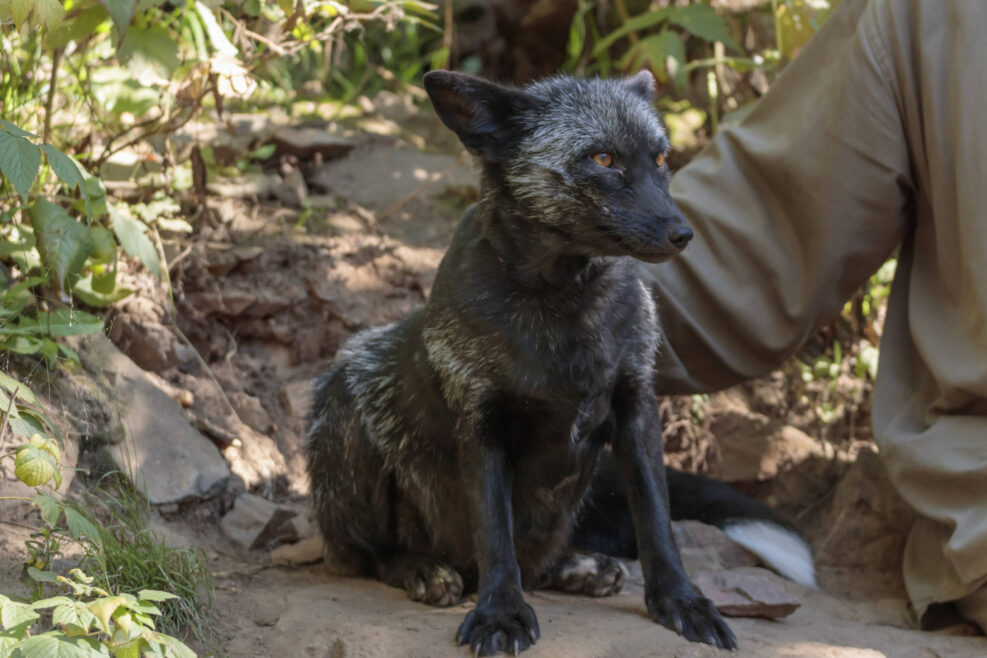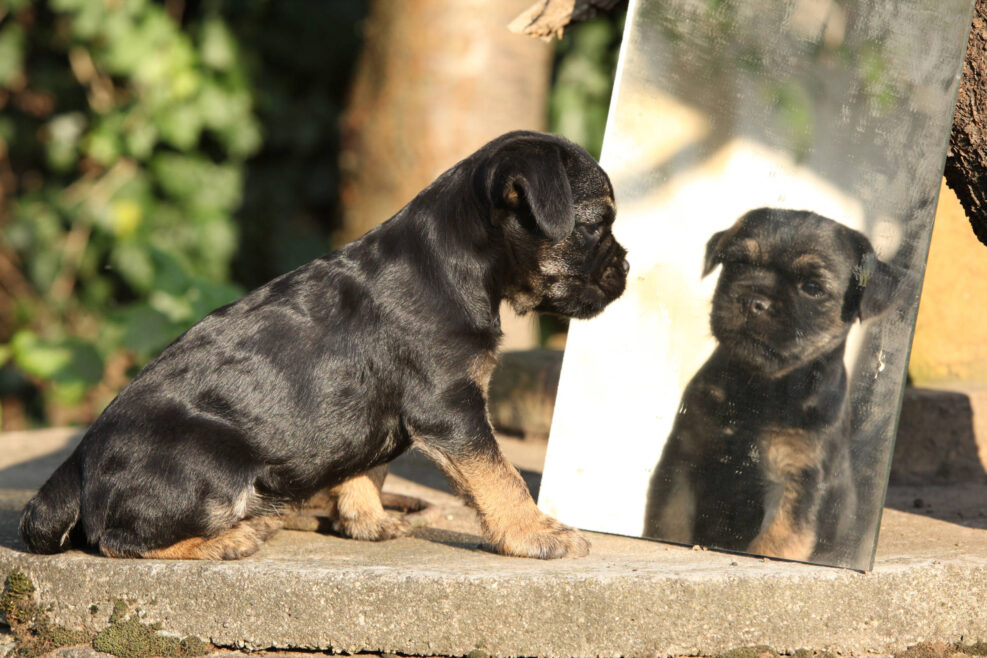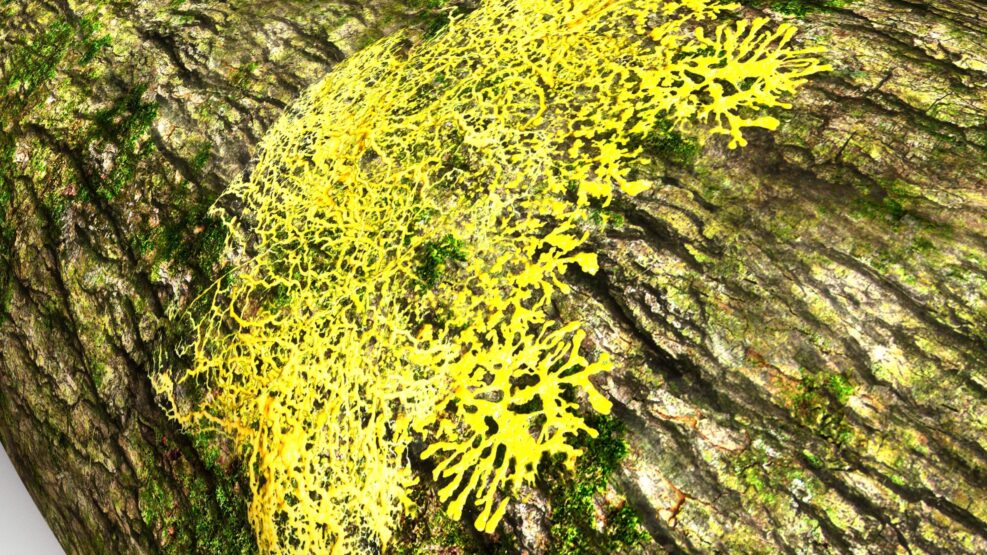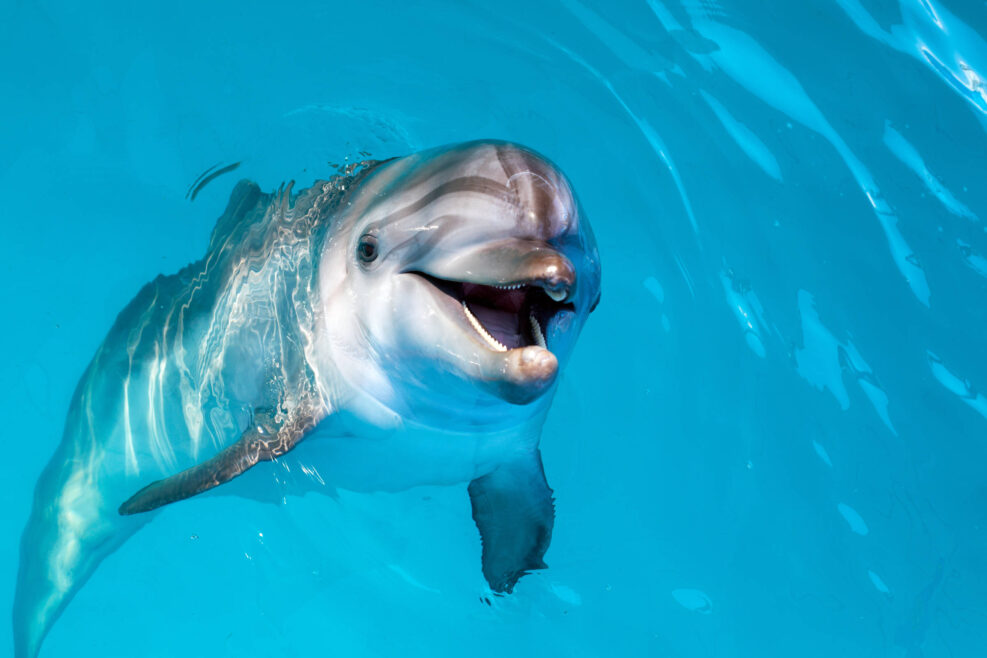
In What Ways Are Dogs Intelligent?
There is no human counterpart to some types of dog intelligenceAt Gizmodo recently, George Dvorsky adopted the useful, though somewhat unusual, strategy of determining dog intelligence by focusing on what dogs can’t do. He starts with the premise, as put by University of Exeter psychology professor (and dog expert) Stephen Lea, who says that domestication “has radically altered the intelligence of dogs.” Not so much raised or lowered it as changed its nature from the type of intelligence we would expect from a wolf: “Dogs are very good at what they’re bred to do — they’re excellent at doing those things, and in some cases even better than other species we think are intelligent, such as chimps and bonobos,” Zachary Silver, a PhD student from the Comparative Cognitive Lab at Read More ›
